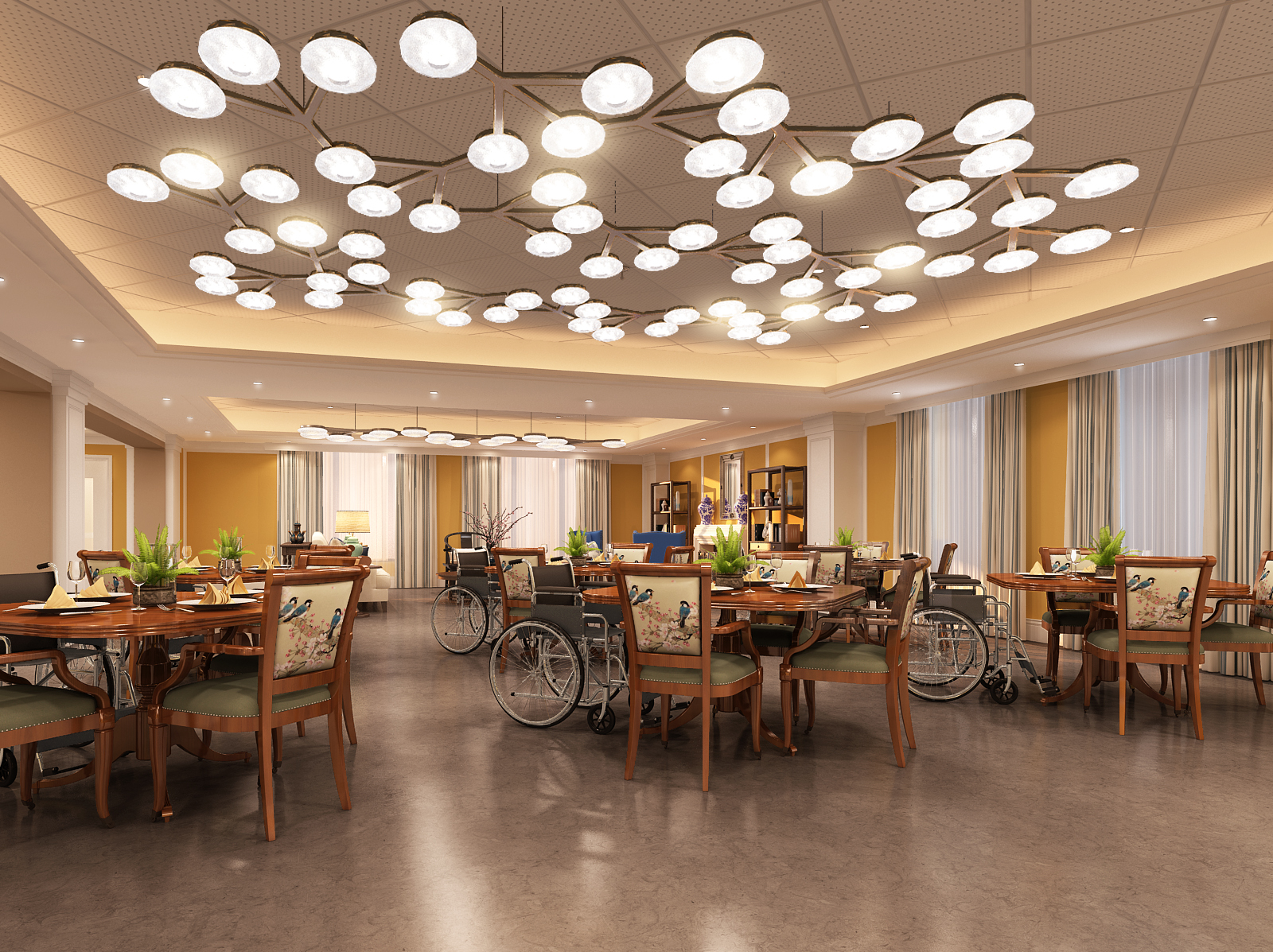The News at THW
Lighting Emphasized in Dementia Care Facilities
Melinda P. Avila-Torio, CHID, RID, CASP, LEED ® AP weighs in on the importance of lighting in eldercare facilities. Her insight is featured in McKight's article Lighting's Prominence, written by John Hall.
Did you know? Your retina needs to absorb 30 minutes - 2 hours of natural light in the morning hours to optimize nighttime sleeping health?
Memory Care Benefits
It didn't take a great leap to understand how lighting could affect the brains of seniors suffering from dementia. Back in 2014, researchers installed so-called “blue-white” lights in the rooms of 14 dementia patients and found measurable reductions in their levels of agitation and depression, as well as improved sleep duration and quality. Recently, researchers found sunlight-deprived Alzheimer's residents' brains lit up when staring at so-called “light tables.”
“One contributor to limiting visual acuity is Alzheimer's disease,” says Melinda Ávila-Torio, CHID, RID, CASP, LEED® AP, associate and managing interior designer at THW Design. “It has been determined that the aging eye requires 30% more illumination than the normal eye.”

Ávila-Torio promotes “tunable” LED lighting, which was used in the Sacramento study, and notes that facilities with memory care residents should employ lighting schemes that mimic what residents had in their own homes.
No respectable designer, scientist, researcher or clinician can dispute the body of evidence around sunlight. “Obviously, nothing can truly replace the benefits of natural light,” says Melinda Ávila-Torio, CHID, RID, CASP, LEED® AP, associate and managing interior designer at THW Design. “It is the only light source the human body can metabolize.”

Few aspects of senior living's physical environment face more scrutiny than lighting. Poor and inappropriate lighting haunted nursing homes for years. To read the full article click here: http://bit.ly/2rLvFHJ
